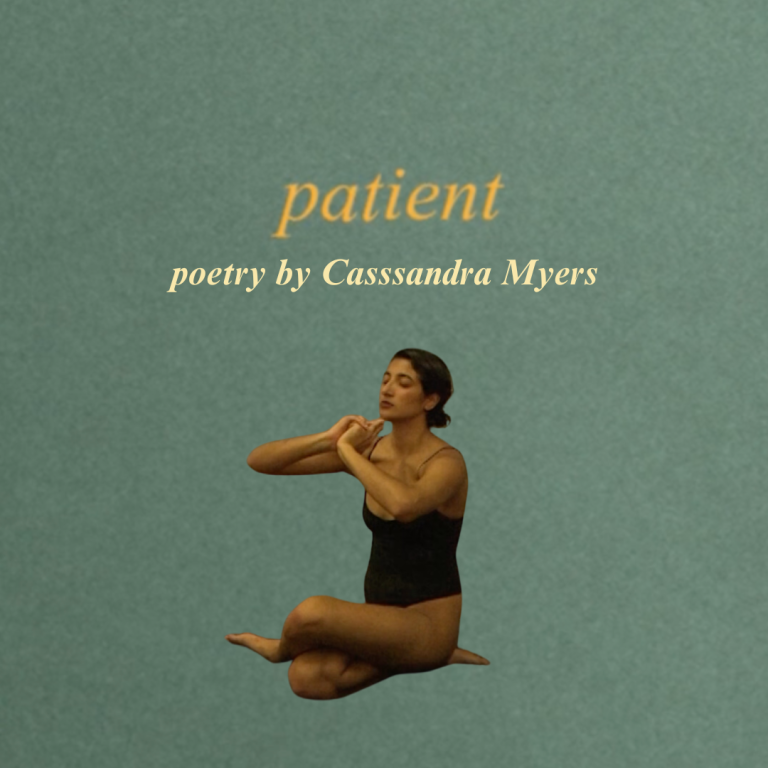Poem for the Patients/Patience of Chronic Pain
In this spoken-word, disability-dance video, I will speak on my experiences with chronic pain as a person who is queer, racialized, and nonbinary. It will detail the judgemental critiques and biases I have experienced with doctors, paramedical professionals, psychiatrists and psychologists, nurses, and social workers in my seven years living with chronic pain. The video will specifically confront the idea that people with chronic pain are lazy, overexaggerating, or unwilling to help themselves and looking to be rescued. The video will depict me using various pain-management strategies such as self-massage, adaptive devices, heating pads, and others in a disability dance. This dance video will be paired with my original spoken-word poetry. Healthcare providers will be confronted face to face with a slice-of-life experience of a person's constant battle to manage and cope with living with chronic pain, a struggle that is nothing less than valiant and exhaustive. It will specifically tackle issues of isolation, loss, and grief that many people with chronic pain experience under the loss of the welfare state and an increase in neoliberal individualism. The end of the poem will contain a text with themes of disability justice, offering real-life strategies that healthcare providers can incorporate into their practice to support better relationships with patients living at the intersection of disability, racialization, queerness, and transness.
Learning Objectives
- Gain deeper understanding of the reality of living with chronic pain
- Consider and engage with intersectionality in disability justice
- Challenge oppressive biases
- Foster and hold deep empathy
- Appreciate performance arts as a vehicle for self-expression and learning
Lessons
RECOMMENDED FORMAT: Self-directed, Small Group, Classroom Course
Go to Facilitation Guides
CURRICULUM DETAILS:
Lessons: 1
Est. Lesson Length: 30-45 minutes
INSTRUCTIONS:
- Download/print and review the Reflection Questions document before watching and/or reading the poem, found under the Lesson tab.
- Watch the video and respond to the questions.
- There is a Supports document as well for added reflection and suggestions for improving practice.
Hover over each resource button for estimated length.
Patient and Physician Supports
We invite you to participate in this evaluation survey about your most recent experience with our website. You can complete this evaluation after each learning resource you finish, or after you have worked through multiple resources.

